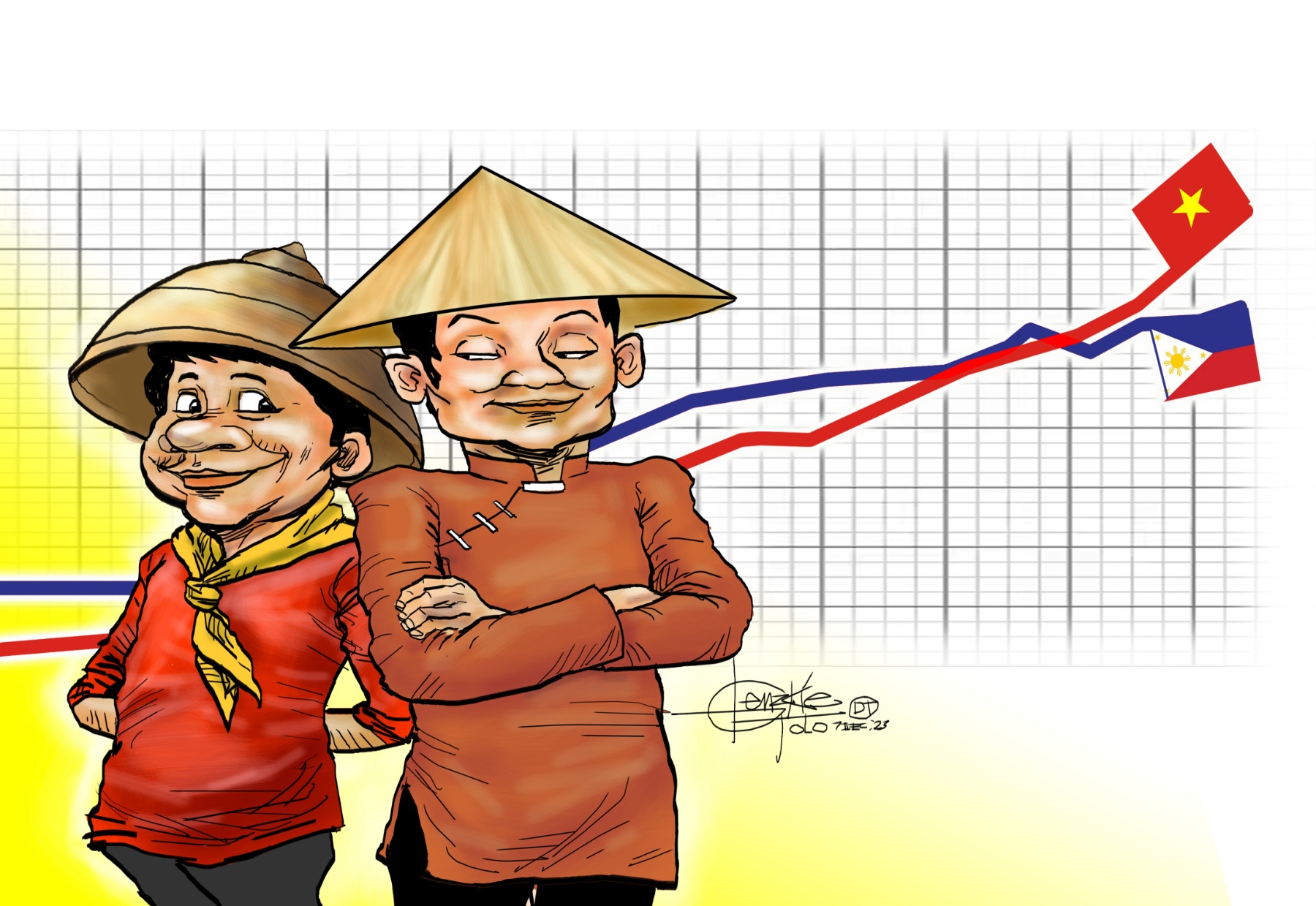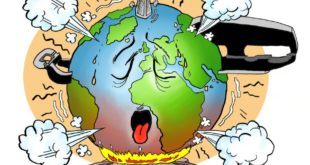“While the Philippines and Vietnam share commonalities in terms of historical influences and geographical location, they have pursued different economic development paths.

The Philippines and Vietnam are Southeast Asian nations undergoing significant economic and social transformations in recent decades.
As DAILY TRIBUNE took part in Vietnam’s coming out party via the most significant poker festival, the Asian Poker Tour in Hanoi over the weekend, it noted the glaring disparities between the two nations.
While both countries share similarities in their colonial history and geographic location, they differ in various aspects, including their economic structures, development trajectories and cultural influences.
In terms of economic performance, Vietnam has experienced remarkable growth over the past few decades, emerging as one of the fastest-growing economies in the region.
The country’s economic reforms, known as “Doi Moi,” initiated in the late 1980s, opened up its market and encouraged foreign investment, leading to a surge in industrialization and exports. The manufacturing sector, particularly electronics, textiles, and footwear, has played a crucial role in Vietnam’s economic expansion.
On the other hand, the Philippines has experienced steady economic growth but at a somewhat slower pace compared to Vietnam. The country has a diverse economic landscape, with services, agriculture, and manufacturing contributing to its GDP.
The Business Process Outsourcing industry, including contact centers and IT services, has been a significant driver of economic growth in the Philippines. However, the economy’s reliance on remittances from overseas Filipino workers and its vulnerability to external factors, such as global economic fluctuations, pose challenges to sustained development.
In terms of economic structure, Vietnam has demonstrated a more successful shift from agricultural to industrial. The country’s focus on export-oriented manufacturing has enabled it to integrate into global supply chains, attracting multinational corporations seeking cost-effective production locations.
Vietnam’s strategic geographical position, with proximity to major markets like China, has further bolstered its attractiveness to foreign investors. The Vietnamese government’s proactive approach to creating a business-friendly environment and investing in infrastructure has contributed to the country’s economic dynamism.
In contrast, the Philippines continues to have a more diversified economic structure, with agriculture still playing a significant role in employment and livelihoods. The country faces challenges in modernizing its agricultural sector, improving productivity, and addressing issues such as land reform.
Additionally, there is a need for sustained efforts to enhance manufacturing competitiveness and reduce reliance on imports.
Regarding social indicators, both countries have made progress in education and healthcare. Vietnam has achieved notable success in increasing literacy rates and improving access to education. The country’s focus on skills development has contributed to a growing pool of skilled labor, supporting its industrialization efforts.
The Philippines has also made strides in education, with a well-established system of higher education institutions.
However, challenges such as unequal access to quality education and healthcare persist in both nations.
Culturally, the Philippines and Vietnam have been influenced by a blend of indigenous traditions and external forces. Vietnam’s history includes Chinese domination, French colonization, and the Vietnam War, all of which shaped its cultural identity.
The Philippines, having been under Spanish rule for over 300 years, also exhibits a unique blend of Asian and Western influences.
While the Philippines and Vietnam share commonalities in terms of historical influences and geographical location, they have pursued different economic development paths.
Vietnam’s rapid industrialization and export-oriented growth have propelled it to become a key player in the global economy. The Philippines, with a more diversified economic structure, faces challenges in accelerating its growth and reducing vulnerabilities.
Both nations, however, continue to work towards addressing social issues and improving the quality of life for their citizens amid a dynamically evolving global landscape.
*****
Credit belongs to: tribune.net.ph
 Atin Ito First Filipino Community Newspaper in Ontario
Atin Ito First Filipino Community Newspaper in Ontario






